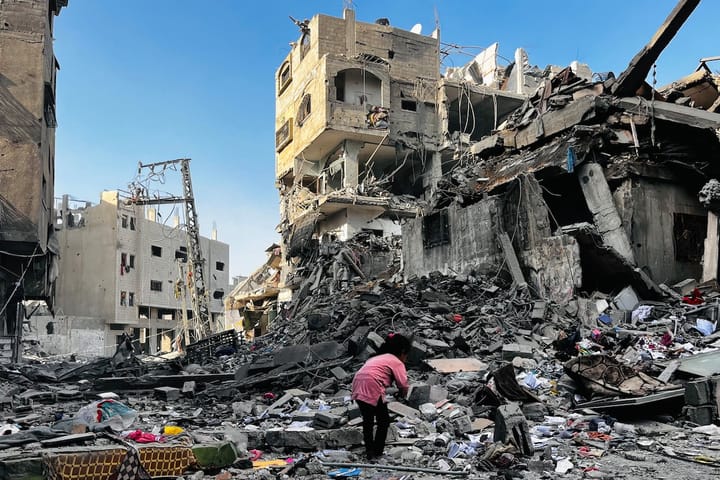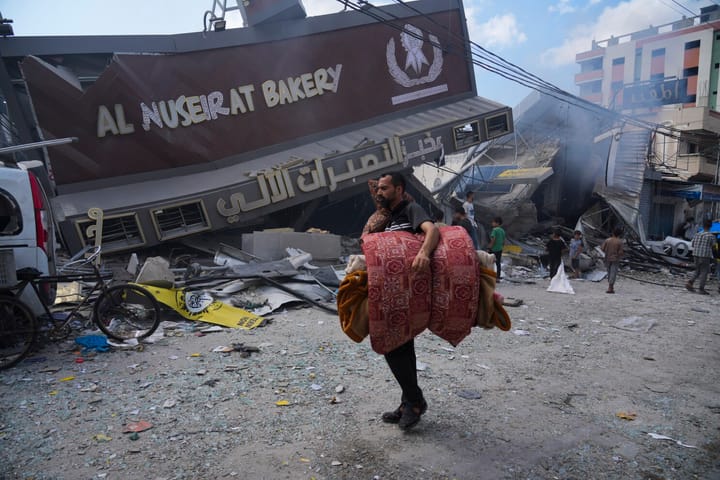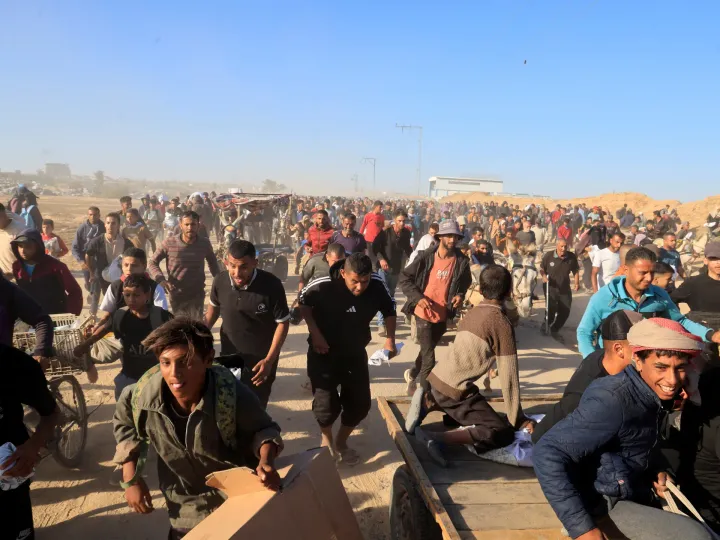Israel Strikes Iran: The Largest Counterattack of 2025
Israel’s June 13, 2025 strike on Iran killed dozens, triggered massive retaliation, and shifted the Middle East’s political landscape.

Israel’s massive assault on Iran in the early hours of Friday, June 13, 2025, sent immediate shockwaves throughout the Middle East and drew intense global reaction. In less than two hours, more than 200 Israeli fighter jets and hundreds of precision drones hit nearly 100 strategic targets across Iran. From key nuclear facilities and major military bases to the homes of top officials, all became the focus of the largest military operation ever seen between the two countries.
Vital Targets and Scale of the Attack
Iran’s main nuclear facilities, such as Natanz, Isfahan, and Fordow, were hit simultaneously. Launch sites for ballistic missiles in Hamadan and Kermanshah and key military command centers in Tehran and Tabriz were also targeted. According to in-depth intelligence sources, this operation was months in the making, with Mossad planting sabotage teams who secretly disabled Iran’s air defense systems from within before Israeli jets moved in.
The casualties were significant. At least 78 people were killed—including several senior military officials and nuclear scientists—while more than 320 were wounded. Severe damage was recorded at the Natanz and Isfahan nuclear complexes, disrupting Iran’s ability to continue its nuclear program in the near term.
Iran’s Retaliation and Regional Impact
Within hours, Iran retaliated by launching more than 100 ballistic missiles and hundreds of drones into Israeli territory. Israel’s Iron Dome air defense system intercepted most of the incoming attacks, but several infrastructures in Tel Aviv and Jerusalem still suffered minor damage, with at least 41 people reported injured.
This counterattack proved that Iran’s military capacity remained intact, even after suffering a large-scale strike. The situation pushed the region to the brink of a broader escalation, prompting neighboring countries to raise their military alert status amid fears of wider conflict in the Middle East.
Global Implications and Political Pressure
The domino effect of the conflict was immediately felt on the global stage. Major world stock indices dropped sharply, while oil prices surged by more than 5 percent in just hours. Global investors rushed into defense stocks and safe haven assets, fearing the conflict could spread. On the diplomatic front, various countries called for de-escalation, but Israel insisted the operation would continue as long as Iran’s nuclear threat remained unresolved.
Meanwhile, the world’s attention turned to the political dynamics in the region. The failure of regional diplomacy and the rising risk of all-out war became a tangible threat. Many analysts believe this attack sent a strong message to Iran’s neighbors about Israel’s strength and determination to prevent its rival from developing nuclear weapons.
Field Facts and Olam News Investigation
Investigative reporting by the Olam News team found that Israel’s attack involved sophisticated deep infiltration scenarios. Mossad sabotage teams succeeded in disabling a number of Iran’s strategic radar and missile launchers before the main assault. In many locations, drones were operated from inside Iranian territory itself, indicating a level of intelligence penetration never seen before.
The immediate effect of this attack is the crippling of Iran’s air defense capability and a significant setback to its nuclear program for at least several years. However, Iran’s swift response proves its military strength is far from extinguished. The prospect of open conflict now looms over the region, with the world watching to see what steps both sides will take next.
Israel’s strike on Iran on June 13, 2025, opens a new chapter of open conflict in the Middle East. On-the-ground data confirms Israel’s formidable military and intelligence capabilities while exposing Iran’s defensive vulnerabilities. Yet, Iran’s rapid response serves as a strong warning that the crisis in the region is far from over. The world now waits: will this escalation spark a wider war, or will it open the door to a real chance for peaceful resolution?





Comments ()